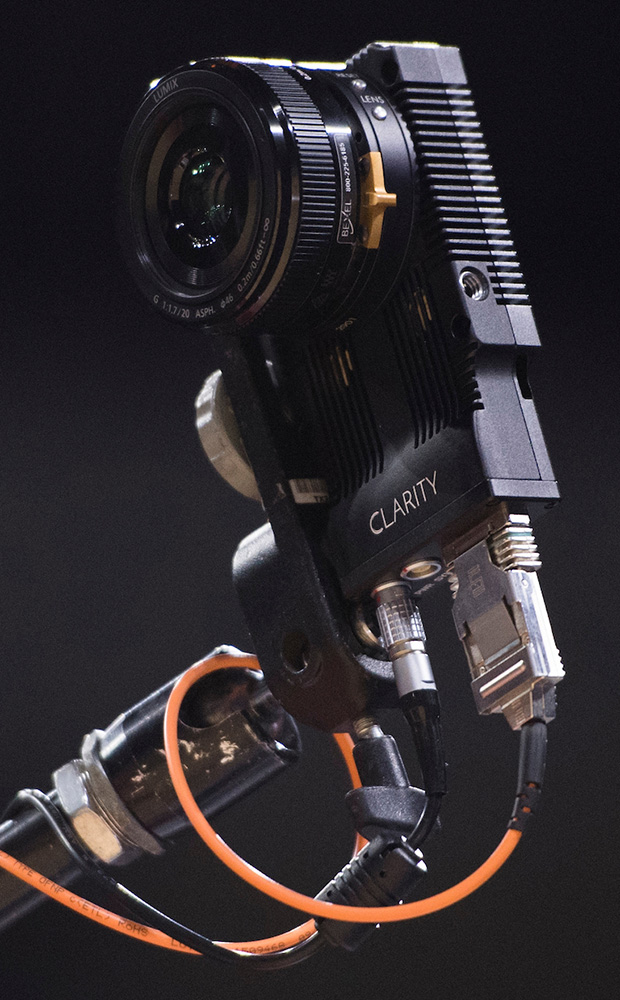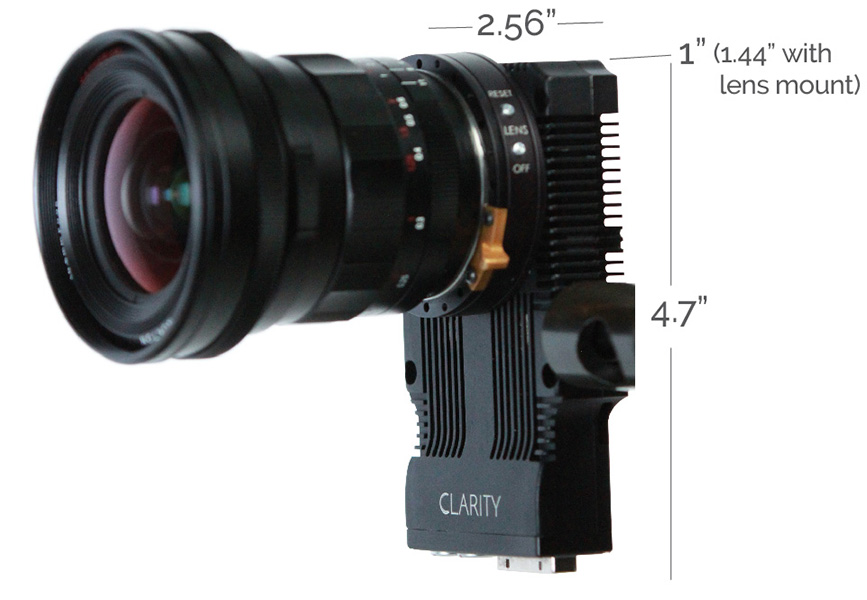Pushing the Envelope on Specialty Camera Systems: HFR video capture brings exciting new dimensions to live sports coverage
June 22, 2017 – Burbank, CAby Tom DickinsonLucky for viewers, we’re living in a time of real innovation for camera systems that can capture high-speed video from unique vantage points. These specialty cameras are evolving at a rapid pace and taking production values to new levels, particularly for sports broadcasting. For example, features such as high-frame-rate (HFR) replays allow fans to dissect a just-completed play with a level of sharpness and clarity

that has never before been possible.Offering innovative camera systems that can meet the ongoing needs of our sports broadcasters — and their demanding viewers — is a big priority for Bexel, and we’ve committed ourselves to staying ahead of the market curve for specialized solutions. There are plenty of HFR, point-of-view (POV) cameras out there, but our research has uncovered a lack of solutions that can meet all four of the following criteria:
- True HFR video capture with the real-time processing critical for live sports
- A compact footprint that enables the camera to be mounted anywhere, whether it’s high in the rafters or over a basketball goal
- Robotic control capabilities including pan-tilt-zoom
- High-speed capabilities for broadcasters on an HD budget
Regarding that last budget point, we knew that our camera would never pass muster unless our customers could afford to deploy it for an entire season of games, not just the playoffs. With budgets staying static in today’s typical broadcast environment, we needed to take into account not just the initial cost of the camera but also setup costs. We were aiming for a “dry hire” solution that wouldn’t require customers to fly in a specialist for installation and operation. That meant keeping everything – from paint control to fiber optics – as easy to set up and use as possible.We built a Micro 4/3 imager into our prototype, enabling it to run a slightly larger imager than normal broadcast cameras and therefore rival the image quality of a larger HFR camera. And, in order to ensure the camera would fit easily into production workflows, we wanted it to connect to a DDR the same manner as a large high-speed camera. This meant the camera processor would need the ability to take the data stream from the camera and turn the video into separate phases for the high-speed data in real time, while also providing all the necessary handles on the video. This involves taking the camera’s raw high-speed data and bringing it to the camera processor, where a FPGA circuit processes all of that data and turns it into the outputs needed for live recording of high-speed video.Finally, the lens mount would need to be just as easy to operate as a standard “twist-and-click” mount. We designed a positive-locking lens mount with electronics for communicating with the lens to provide iris, focus, and zoom adjustments. We also wanted to give our customers the ability to choose from a wide variety of quality lenses available on the market.The end product is the Clarity 800-HD, a camera that can output HD video at a frame rate up to 8x (480 FPS) at 1080p and offers the complete functionality of a larger high-speed camera, but in a form factor not much larger than the footprint of a cell phone. The camera uses a 7MP Micro 4:3” CMOS imager and 1080p HD signal processing to deliver outstanding images and the clear, sharp replays that are critical for live sports. Handles on the video allow the camera to be painted to match the larger cameras on the production, and yet the Clarity 800-HD can be mounted and placed in areas that have not been accessible for other HFR cameras.The camera integrates easily into a live event ecosystem, operating as a broadcast camera system with real-time processing via fiber optics and integration with industry-standard video servers. A full-function camera remote control panel (RCP) provides all the usual controls a video engineer is accustomed to, such as white balance and black balance, gamma adjustment with balance, and detail circuit with H/V and level depend.

So what’s next on the horizon? Our research on customer requirements for specialty cameras has unearthed the need for even smaller camera heads and two more key capabilities. First, we’ll be adding robotic PTZ camera control and 2/3” lens mount capabilities in a future version of the Clarity 800-HD to make it even more versatile in the unusual and sometimes hard-to-reach locations in which it is often mounted. Also, the current version only supports live event workflows, but we’ll be adding the ability to buffer video to a recording system for replays and other playback applications.In short, the Clarity 800-HD is only the first in our long-term strategy to provide camera systems that can help broadcasters stay out in front of viewer demand for the latest formats, including high-quality, real-time HFR video. The future looks bright for this exciting category of specialty cameras.Tom Dickinson is chief technology officer at Bexel.

This story originally appeared on InBroadcast.com (#####LINK#####)[sc name="news-footer"]

.png)

